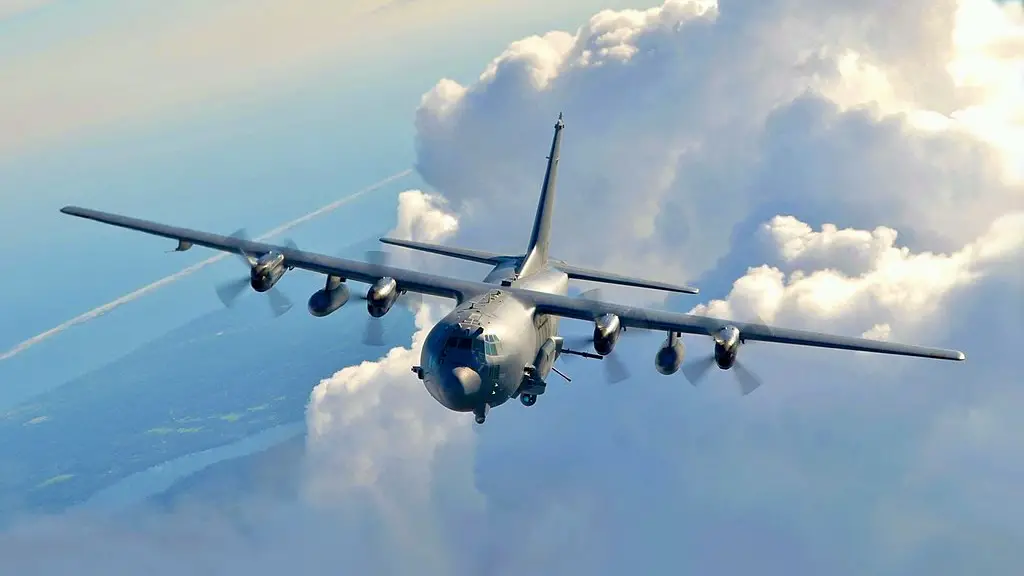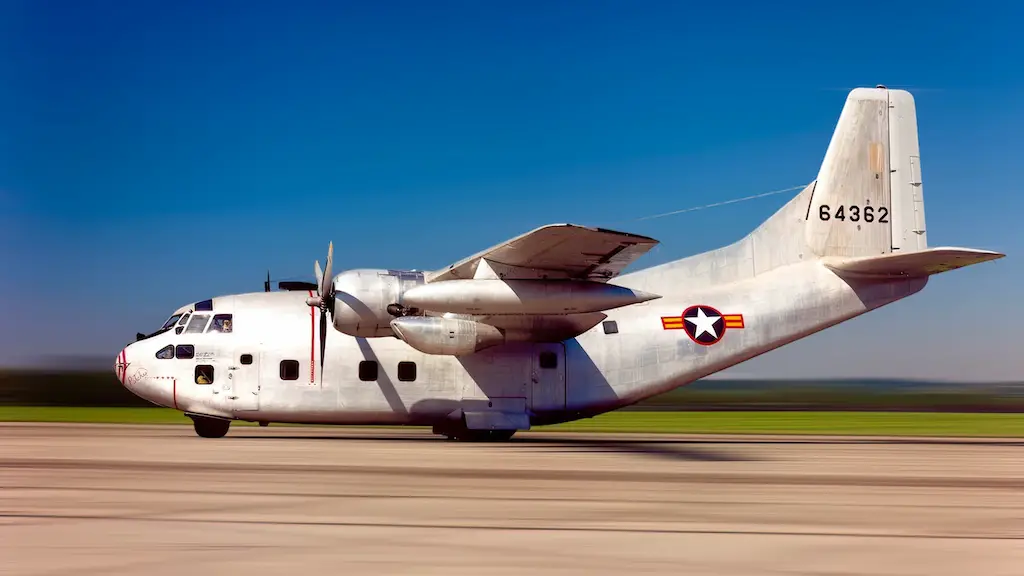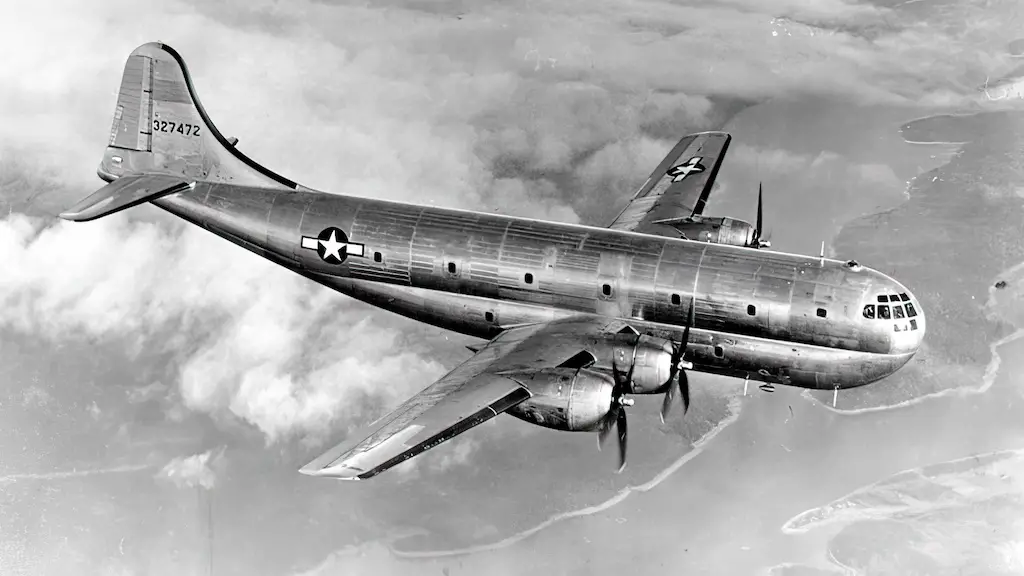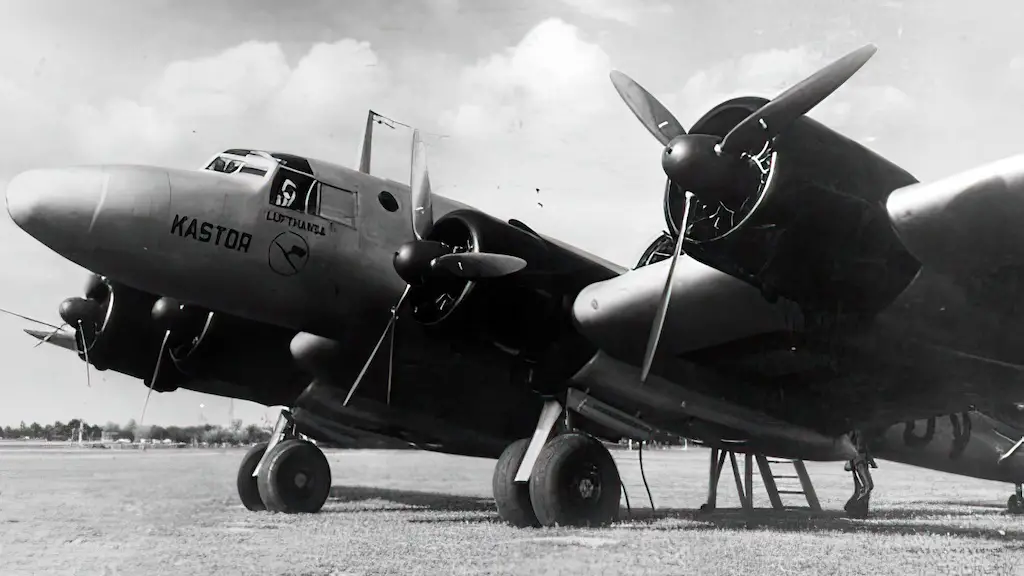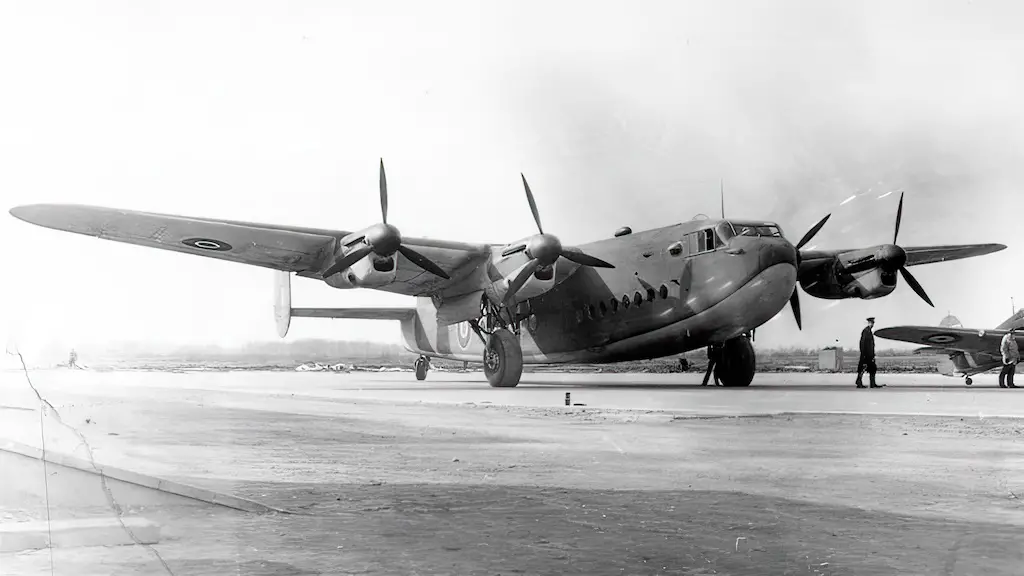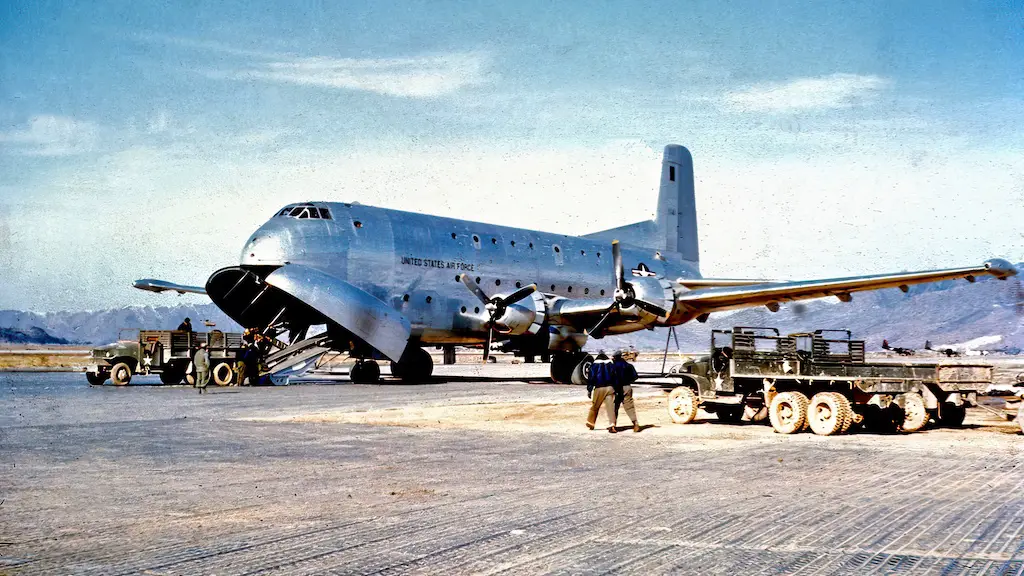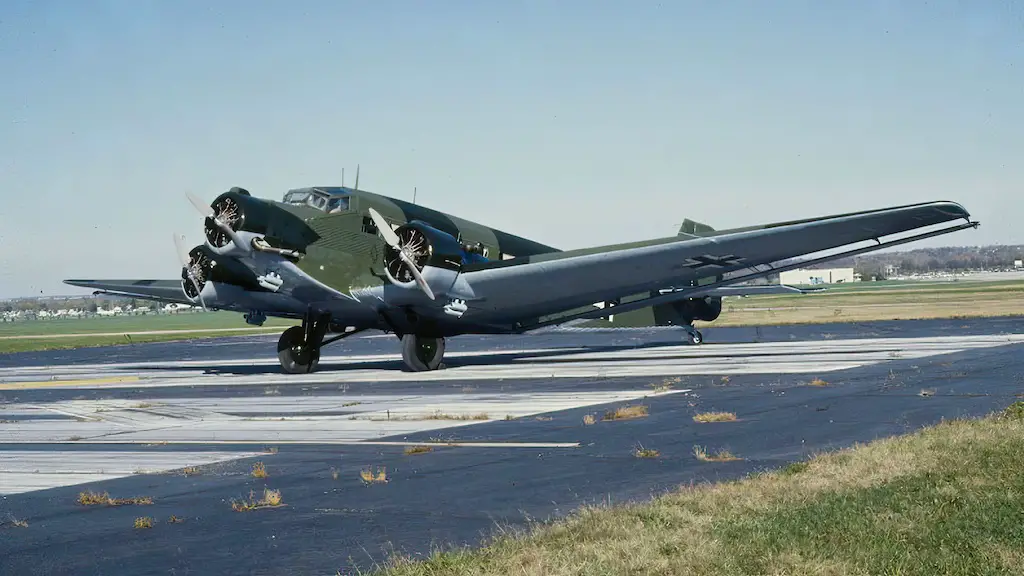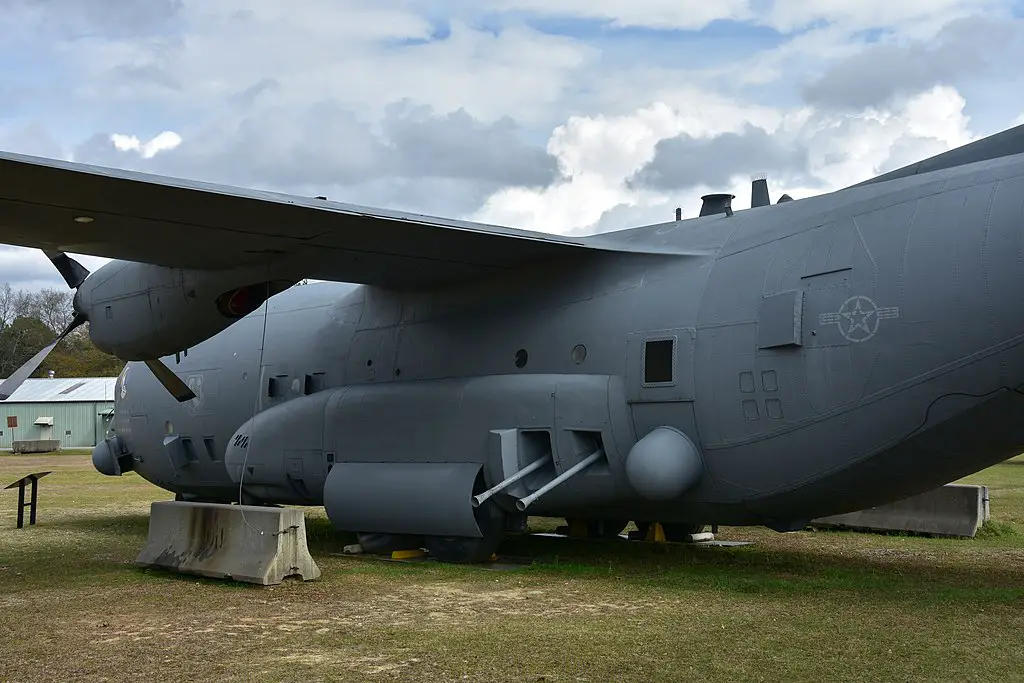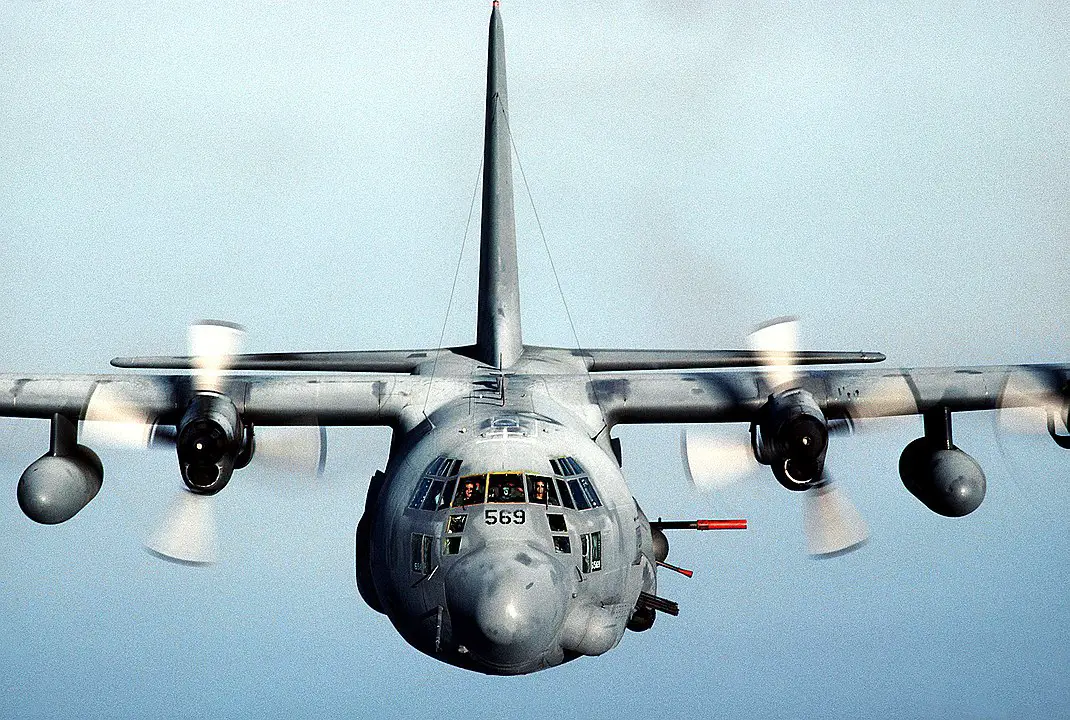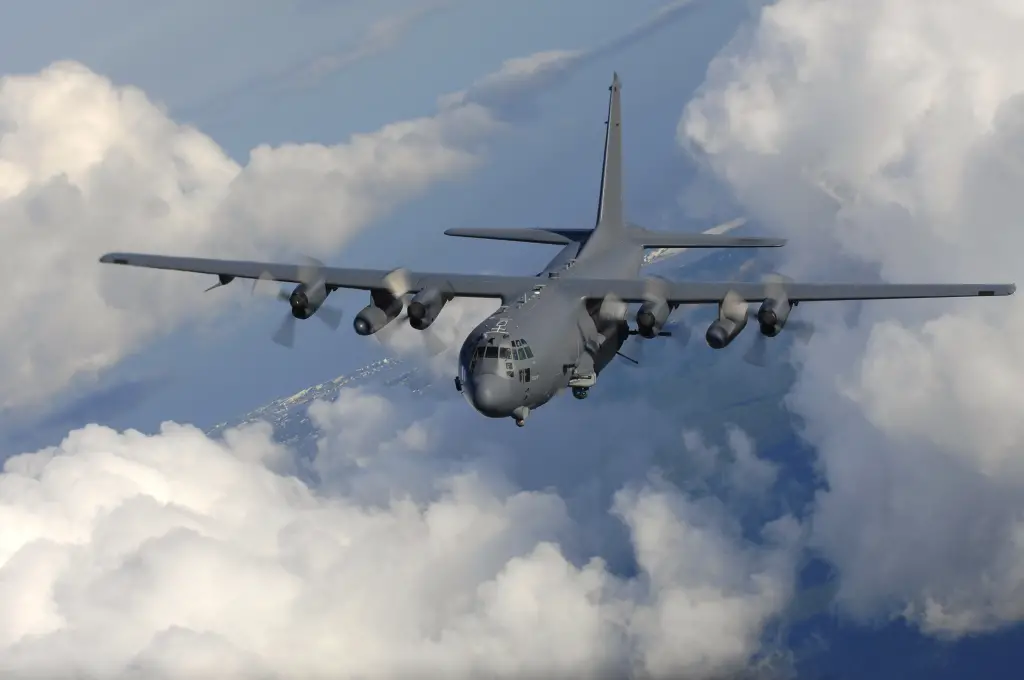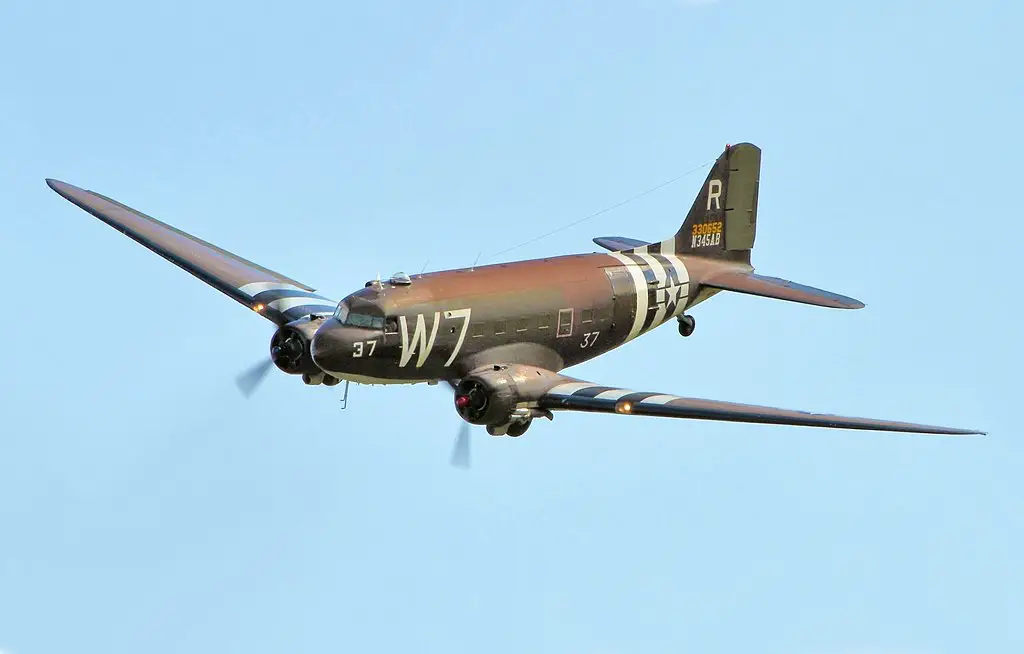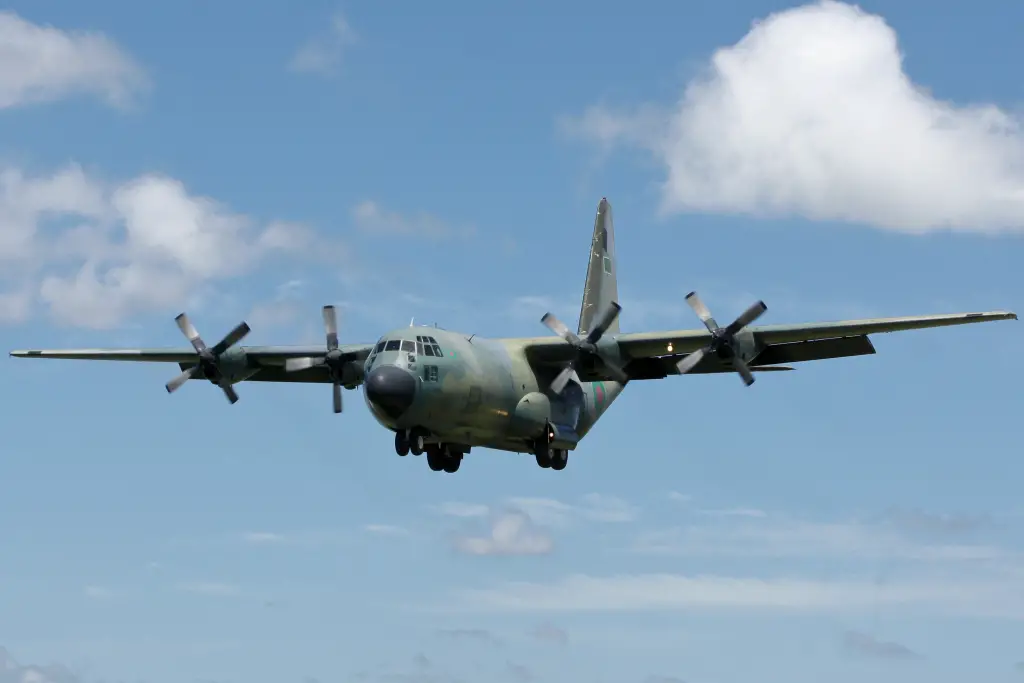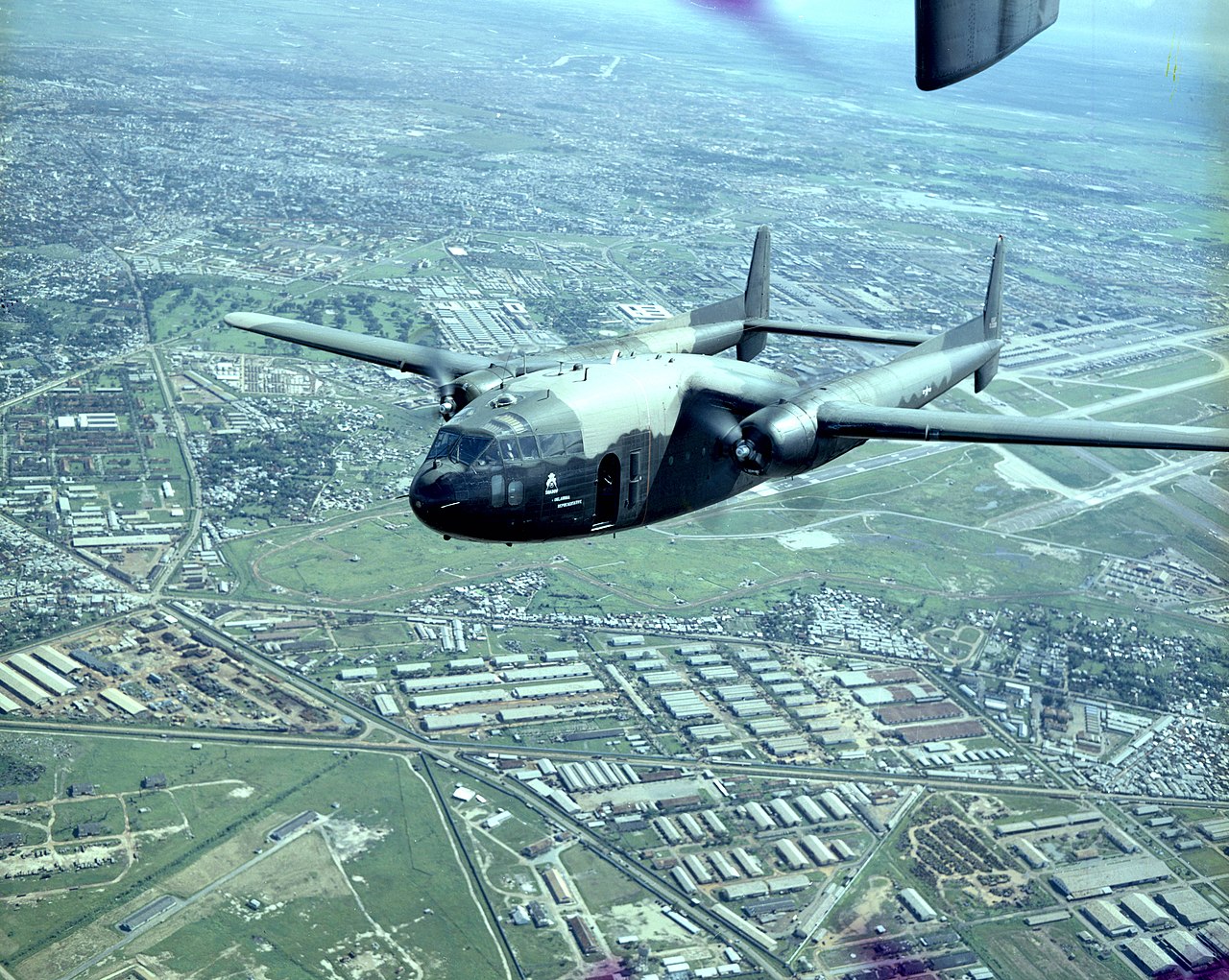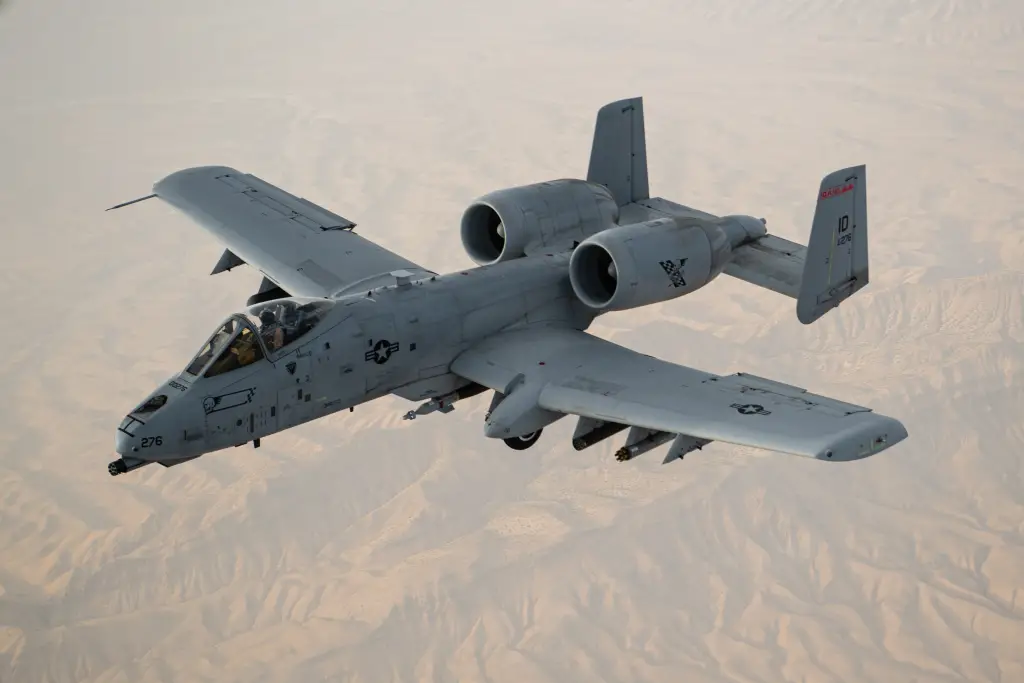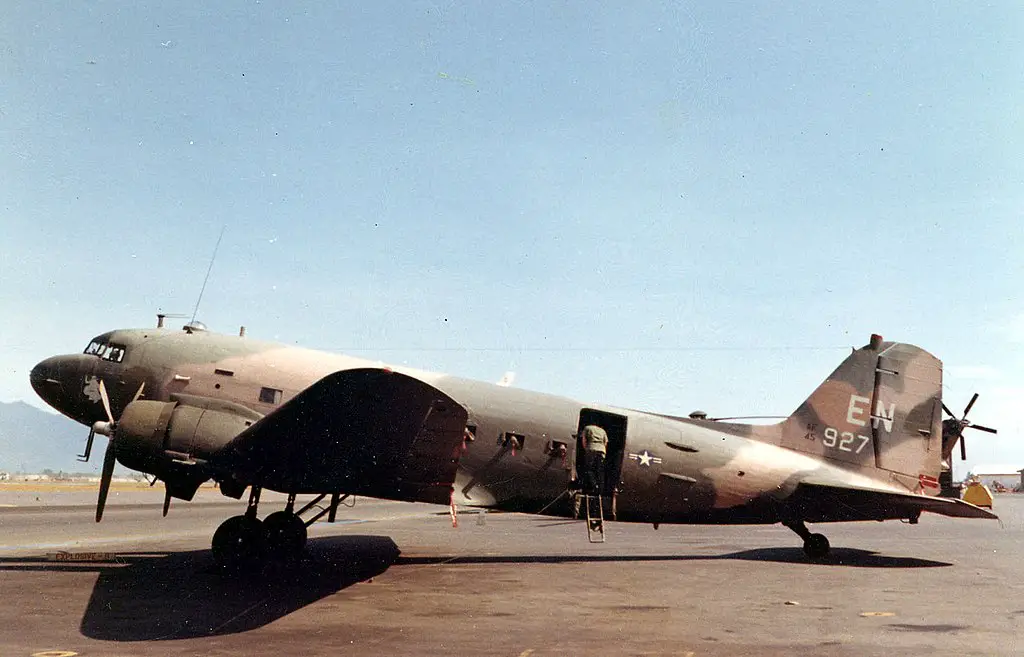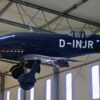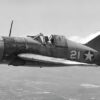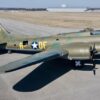Developing gunships
The USAF started developing side-firing fixed-wing aircraft gunships in the early 1960s. The first such aircraft was made on the basis of Douglas C-47 Skytrain, a weathered WWII veteran, which had carried millions of pounds of cargo in all theatres of the war. It acquired three multi-barrelled 7.62mm miniguns and became the AC-47 Spooky.
AC-47’s deployment in Vietnam soon proved the concept to be right, but also demonstrated the need for a more powerful and better protected gunship. AC-47’s replacement was based on Lockheed C-130 Hercules cargo plane, which had been in service for a decade by that time. It was named AC-130 Spectre and has been in use ever since as the USAF’s main fixed-wing gunship, although during the Vietnam War Fairchild AC-119G were also used in that capacity.
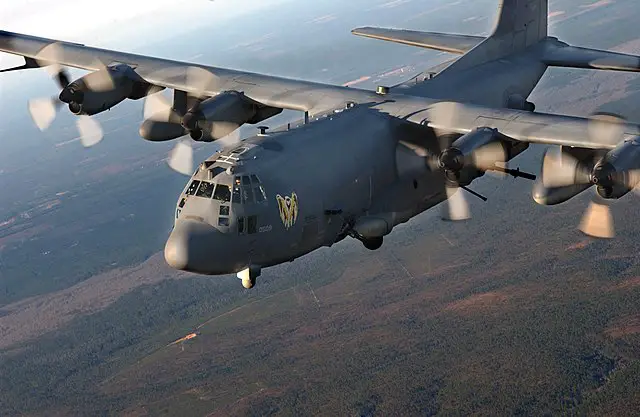
Advantages
Among the crucial advantages of AC-130, as compared to AC-47, was its high wing design. Simply put, its wings didn’t get in the way of its guns, thus providing for a larger field of fire. And, of course AC-130 could carry more weapons and ammunition for them. Unlike AC-47, it was equipped with not just 7.62mm weapons, but also 20mm cannons. The AC-130H modification has two 20 mm M61 Vulcan cannons, one 40 mm L60 Bofors cannon, and one 105 mm M102 howitzer.
Modifications
A later modification, AC-130U Spooky, carries a 25mm GAU-12/U gatling gun, an L60 Bofors cannon, and an M102 howitzer. The last one happens to be the largest airborne gun in the world. AC-130 usually deploys all that array of weapons performing a maneuver called ‘pylon turn’, in which it flies in a circle, banked with one wing pointed towards a fixed point on the ground. It can loiter that way over a target for hours, providing continuous air support to the ground troops. The latest AC-130J Ghostrider and AC-130W Stinger II modifications are also capable of launching AGM-176 Griffin and AGM-114 Hellfire missiles, as well as GBU-44/B Viper Strike GPS-aided, laser-guided glide bombs.
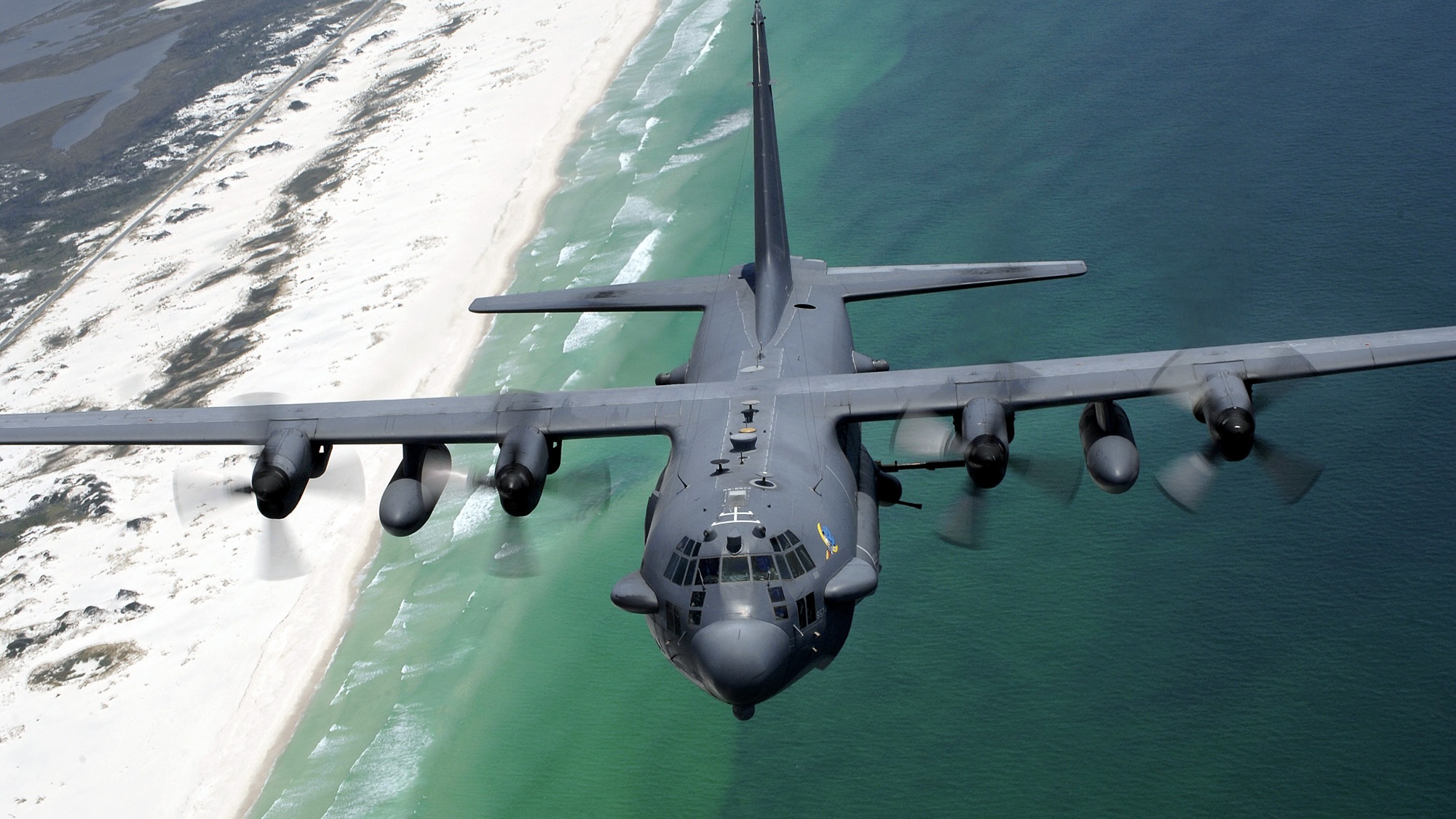
These days AC-130’s weaponry is integrated with sophisticated sensor, navigation, and fire control systems providing it with high-precision firepower. Of course, compared to smaller jet-propelled close-air-support aircraft, such as A-10 Thunderbolt II, AC-130 is rather slow and cumbersome and may present a relatively easy target for the enemy. For that reason, AC-130 gunships operate mostly at night.
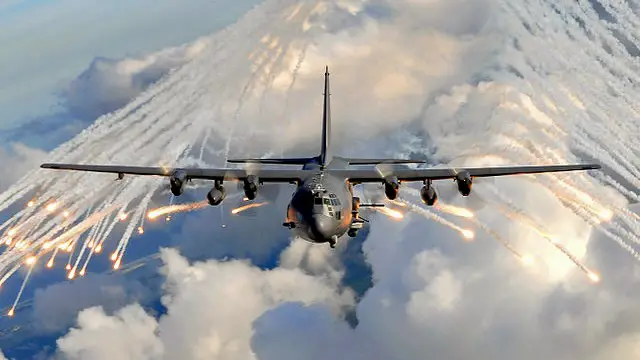
Since Vietnam AC-130s have been used in lots of conflicts around the globe, including in Panama, Iraq, Somalia, Bosnia, and Afghanistan. The last instance of AC-130 being lost to enemy fire happened on January 31, 1991, during the Operation Desert Storm when it was downed by a Strela-2 MANPADS.

